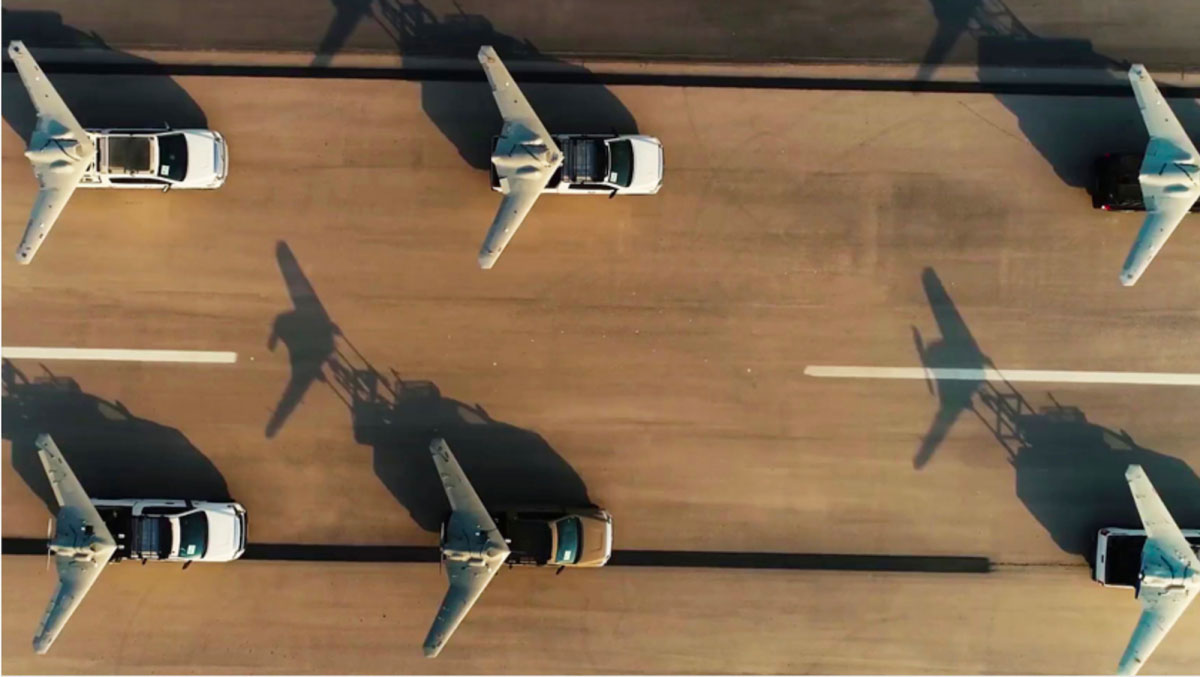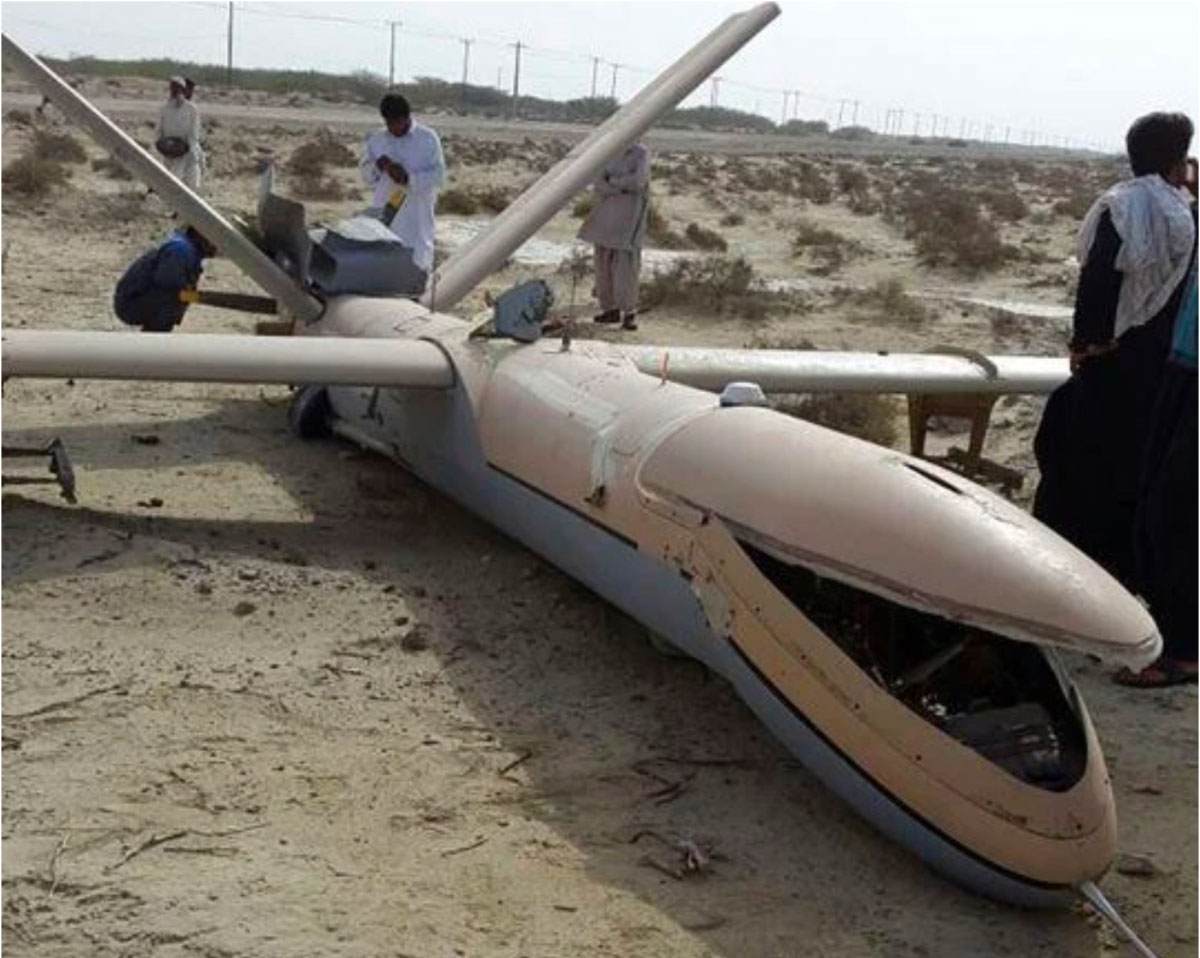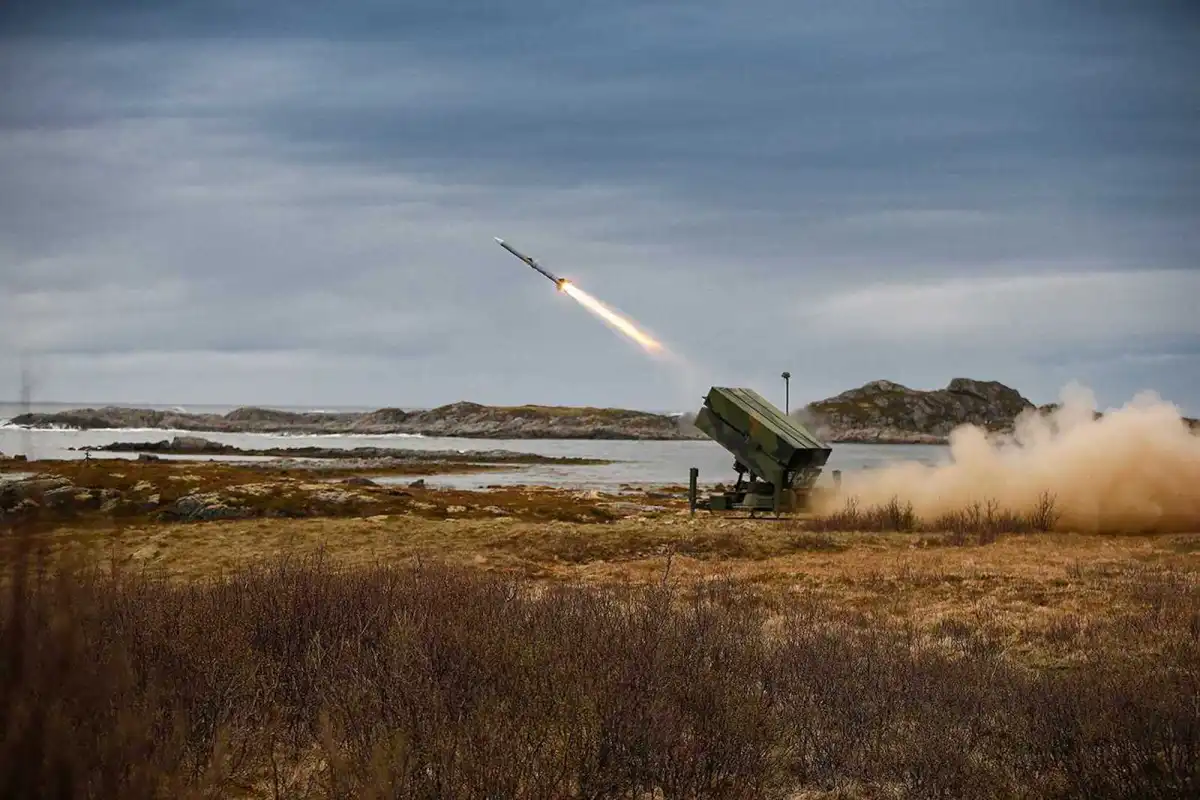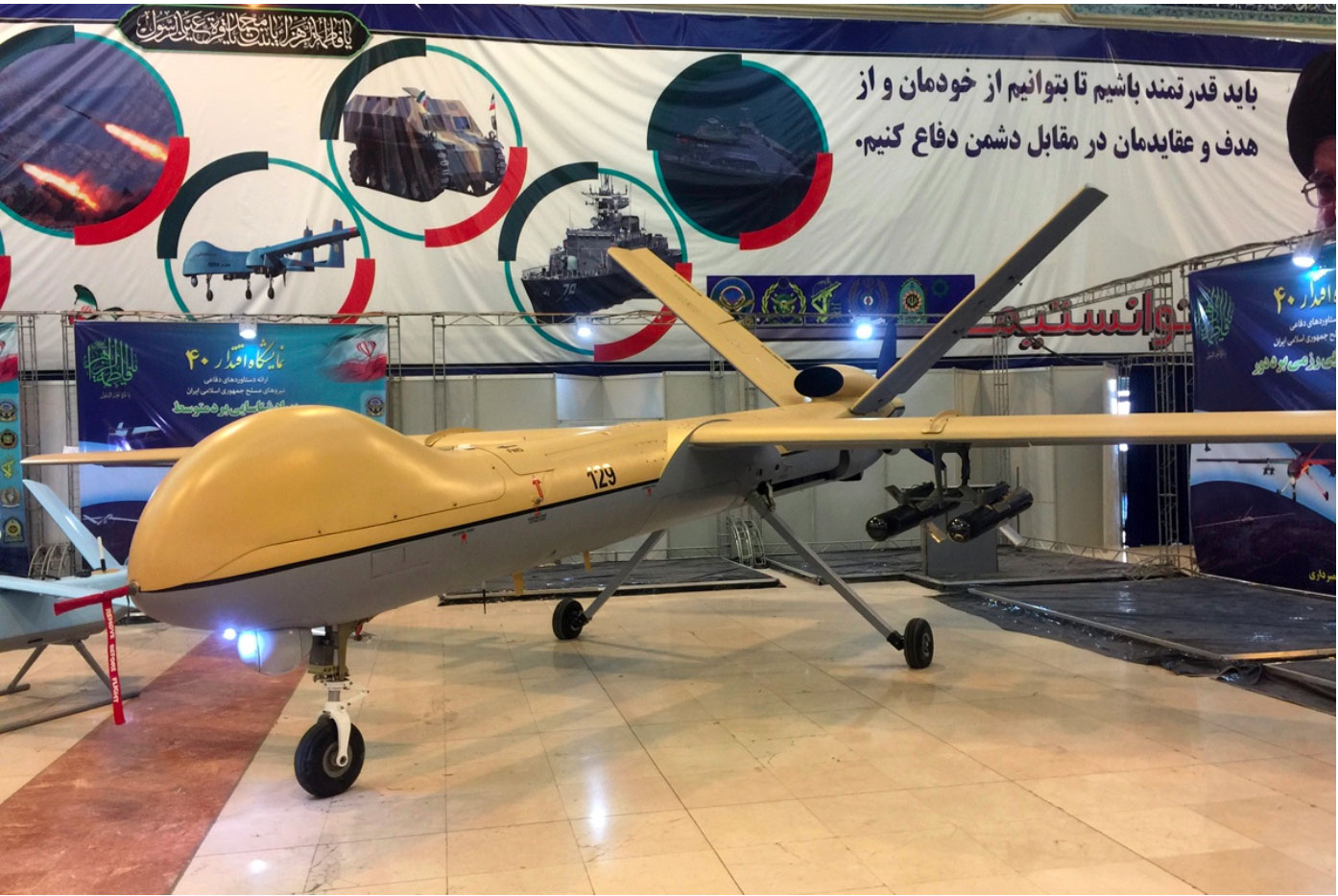“Nuestra información indica que el gobierno iraní se está preparando para proporcionar a Rusia hasta varios cientos de vehículos aéreos no tripulados, incluidos los vehículos aéreos no tripulados con capacidad para armas…”, dijo el asesor de seguridad nacional de EE.UU. Jake Sullivan, citado en el Washington Post.
Russia has reportedly approached Iran to acquire as many as 300 drones to replace its substantial combat losses in Ukraine, according to US intelligence officials cited in a New York Times report this week.
The report notes that Russian officials visited an airfield in Central Iran on June 8 and July 5 to inspect Shahed-191 and Shahed-129 unmanned aerial vehicles (UAVs), both of which can be armed, according to satellite imagery provided by the US government to the New York Times.
“Our information indicates that the Iranian government is preparing to provide Russia with up to several hundred UAVs, including weapons-capable UAVs, on an expedited timeline,” said US National Security Adviser Jake Sullivan, as quoted in the Washington Post, adding that Iranian training sessions for Russian operators are set to begin as early as this month.
Sullivan added that it is unclear whether Iran has already delivered drones to Russia. Still, the reported plans for Iran’s drone transfer to Russia show how Moscow is looking outward to fill in its capability gaps exposed in the Ukraine war.
“Russia is turning to an ally that has flown drones in complex environments in large numbers. While the Russians still have drones, they don’t have all the types they need,” said Samuel Bendett, a defense analyst with the Center for Naval Analysis think tank, as quoted in the New York Times.
For its part, Iran has strongly rejected the report’s allegations. On July 15, Iranian Foreign Minister Hossein Amirabdollahian called Ukrainian Foreign Minister Dmytro Kuleba and reportedly said that Iran will not do anything to prolong the fighting, Al Jazeera reported.
“The fundamental and explicit stance of the Islamic republic in opposing war and supporting a stop to the war is not based on a double standard like some Western countries,” Amirabdollahian said in the report.
As Iran and Russia are heavily sanctioned and essentially outcasts in the Western-dominated international order, the two sides may have found common cause to improve their respective positions. Drone technology cooperation may thus be one of many focal points of practical bilateral collaboration.

While battle attrition in Ukraine may be the primary driver of Russia’s alleged push to acquire Iran’s armed drones, the conflict may have exposed systemic weaknesses in Russia’s drone development program that it needs to address urgently.
Russia is a latecomer in adopting drones, reports the Key Aero aviation magazine. It notes that although the Russian military is funding multiple drone programs for intelligence, surveillance and reconnaissance (ISR), and strike missions, an immature local drone industry, limited availability of advanced technologies and a paucity of high-end systems cleared for operational use compared to low-end models have all conspired to impede its progress.
Moreover, a paper by the Center for a New American Security (CNAS) notes that Russian military officials stress that the Russian military needs short-range tactical drones the most, although Russian technology in this area lags competitors.
In addition, the light weight of Russia’s existing tactical drones does not allow for them to carry advanced payloads or to be used as weapons platforms. The same paper also notes Russia’s shortcomings in key drone technologies such as optics, electronics and composite materials, and conflicting requirements from different branches of the Russian military as impediments to its drone program.
As such, Russia likely needs external help to advance its drone program, with Iran as a potential candidate for such a partnership. A 2017 Foreign Policy article notes that Russia’s Orion-E drone, first unveiled that year, bore a striking resemblance to Iran’s Shahed drone, hinting at cooperation between the two sides. The article also noted that it may be more practical for Russia to acquire off-the-shelf drones than to reverse-engineer them.
During the 2019 MAKS Airshow in Russia, Brigadier General Abdolkarim Banitarafi, director of Iran’s Aviation Industries Organization (AIO), said that Russia had offered to buy drones from Iran, the pro-government Tasnim News Agency reported.
Iran has substantial knowledge of Western drone technology obtained from several high-end Western drones that have crashed in the country, as well as from its vast network of suppliers operating in China, Japan and several European countries, Farzin Nadimi of the Washington Institute for Near East Policy has noted.
Iran’s substantial knowledge of drone technology, combined with its well-established network for obtaining key dual-use drone technologies that Russia either lags in or are now inaccessible due to sanctions, may have provided Moscow with added incentive to expedite its drone acquisitions from Tehran.
According to the defense website Critical Threats, the Shahed-129 was unveiled in 2012 and first saw combat with the Iranian Revolutionary Guards Corps (IRGC) during the Syrian Civil War in 2014. It is a runway-launch multirole drone with a 1,700-kilometer range that can be equipped with precision-guided munitions (PGM).

The drone was used to attack US forces in Syria in 2017 and was sent as aid to Hezbollah, Iran’s proxy in Lebanon. It has also conducted reconnaissance flights into Iran’s neighboring Bahrain and Pakistan airspace. The Shahed-129 was also used in flooding relief operations during the 2019 floods in southwest Iran.
The Shahed-191 is a smaller truck-launched drone with a range of 450-1,500 kilometers and can also be armed with precision-guided munitions (PGMs). The IRGC has used the drone for external missions since 2016, but not as extensively as the Shahed-129. The drone was also used in an IRGC drone and missile attack against ISIS in Syria in 2018.
The fact that Iran has battle-tested its drones against Western air defenses no doubt adds to their credibility and desirability in Moscow.
In 2019, Reuters reported that despite Saudi Arabia’s spending of billions of dollars on state-of-the-art Patriot missile batteries, Iran’s low-cost suicide drones and cruise missiles still managed to inflict severe damage in brazen attacks against Saudi oil facilities and tankers.
Russia is now up against similarly sophisticated Western air defense systems in Ukraine, including the IRIS-T, a German-made short to medium range infrared homing air-to-air missile, and the NASAMS, a distributed and networked short to medium-range ground-based system developed by Kongsberg Defense & Aerospace and Raytheon.

Russia may attempt to use combat-proven Iranian models to defeat these advanced Western defenses. But Iran has significant diplomatic, economic and security interests to consider in its decision to transfer its attack drones to Russia.
As reported previously in Asia Times, Iran may provide Russia with its drones to escape isolation through drone diplomacy, allowing it to bypass international restrictions on its arms sales and reinforce the already high-level strategic partnership it has with Moscow by providing spare parts, munitions, maintenance and technical assistance, and training.
Iran may also stand to profit from drone sales and possible licensed production with Russia, further diversifying its energy-dependent economy and fortifying its resistance to Western sanctions.
However, in exporting drones to Russia, Iran risks its technology being captured by Western intelligence agencies now operating in Ukraine, which could enable the development of countermeasures.
Fuente: https://asiatimes.com


